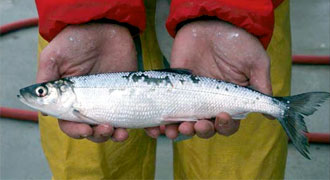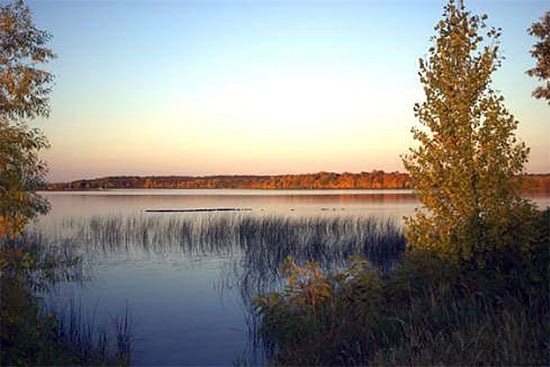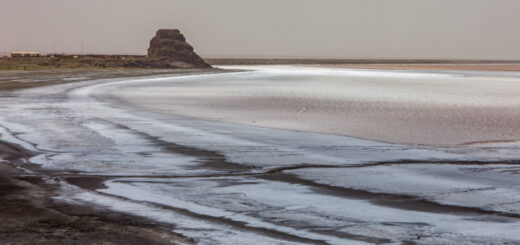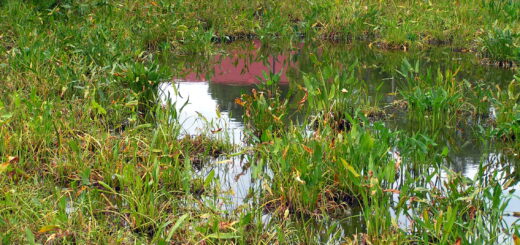Research Brief: How Phytoplankton Proliferation Under Climate Warming Increases Carbon Emissions
0Phytoplankton proliferation in lakes across the world has become more severe under warming trends, resulting in increases in carbon dioxide (CO2) and methane (CH4) emissions into the atmosphere. Increased emissions lead to higher air temperatures, which could lead to increases in phytoplankton blooms and further warming, creating a positive feedback loop.
At the same time, phytoplankton can play an important role in carbon dioxide reduction as it is absorbed and converted into organic carbon during photosynthesis and then recycled as methane. However, it is unknown why and how this negative feedback loop becomes positive.
A 2024 study published in Nature Communications sought to quantify the carbon dioxide (and equivalents such as methane) feedback capacity of phytoplankton, assessing this feedback at a global scale and predicting the extent of this response under future warming scenarios.1
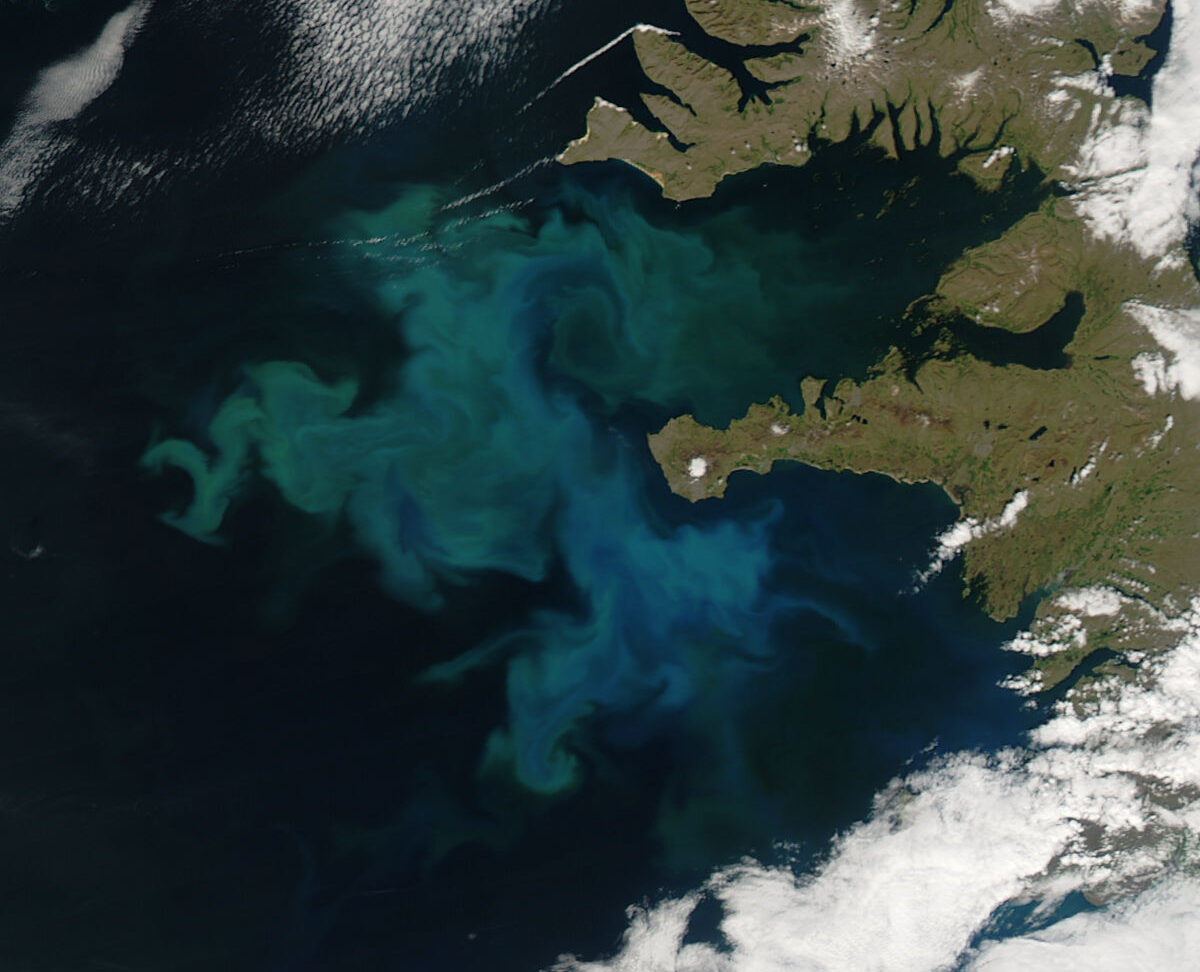
Phytoplankton bloom off western Iceland. (Credit: NASA / GSFC / Jeff Schmaltz / MODIS Land Rapid Response Team)
Methods
The carbon dioxide and methane budget were extrapolated from chlorophyll-a concentrations (and other variables like phytoplankton productivity), which were pulled from an open-access data repository published by Filazzola et al. in 2020.2
Air temperature data was pulled from the LAGOS database and paired with the Filazzola data sheet to determine the relationship between air temperature and carbon dioxide equivalent emissions.3 Land surface data from ERA5-Land was also considered.4
A total of 11.857 datasets from 235 lakes over a 10-year period helped identify long-term trends of the correlation between phytoplankton proliferation and air temperatures.
Results
Results of the study revealed that carbon dioxide equivalent emissions were almost unanimously increased by phytoplankton, particularly over shorter periods due to the recycling of organic carbon as methane. In these shorter time scales, methane emissions were also more potent than what is fixed from the atmosphere.
Despite phytoplankton’s ability to consume carbon dioxide from the atmosphere, a greater amount is emitted back to the atmosphere, suggesting that phytoplankton are net carbon dioxide-equivalent emitters.1
Highly productive lakes showed the greatest feedback capacity over a 100-year horizon. On the other end of the spectrum, lower-production lakes still have the capacity to develop a positive feedback loop, though to a lesser degree.
Ultimately, these findings highlight the importance of minimizing eutrophication in order to prevent the creation of a positive feedback loop that feeds phytoplankton proliferation, increases carbon emissions, and worsens global warming trends.
Source
- Shi, W., Qin, B., Zhang, Q., Paerl, H. W., Van Dam, B., Jeppesen, E., & Zeng, C. (2024). Global lake phytoplankton proliferation intensifies climate warming. Nature Communications, 15(1), 1-6. https://doi.org/10.1038/s41467-024-54926-3
- Alessandro Filazzola, Octavia Mahdiyan, Arnab Shuvo, Carolyn Ewins, Luke Moslenko, Tanzil Sadid, Kevin Blagrave, Derek Gray, Roberto Quinlan, Catherine O’Reilly, & Sapna Sharma. (2020). A global database of chlorophyll and water chemistry in freshwater lakes. Knowledge Network for Biocomplexity. doi:10.5063/F1RV0M1S.
- Soranno, P. and K. Cheruvelil. 2017. LAGOS-NE-LIMNO v1.087.1: A module for LAGOS-NE, a multi-scaled geospatial and temporal database of lake ecological context and water quality for thousands of U.S. Lakes: 1925-2013 ver 2. Environmental Data Initiative. https://doi.org/10.6073/pasta/56cc5f1f753d48edfea170a5401dd6df.
- Muñoz Sabater, J. (2019): ERA5-Land hourly data from 1950 to present. Copernicus Climate Change Service (C3S) Climate Data Store (CDS). DOI: 10.24381/cds.e2161bac.




